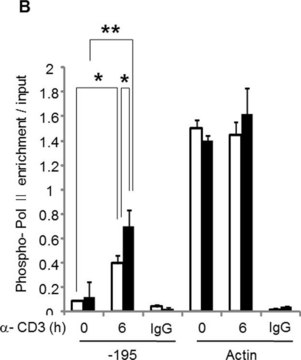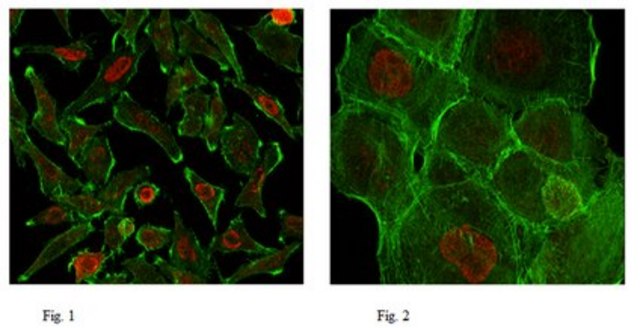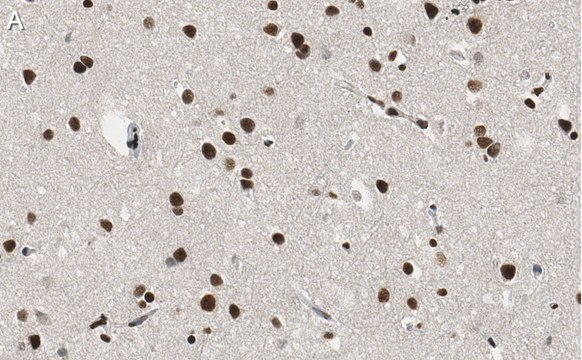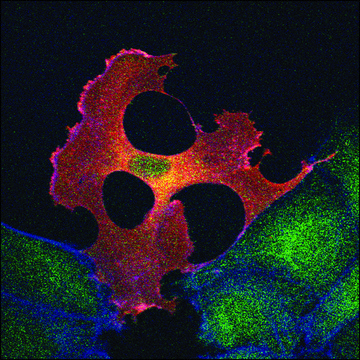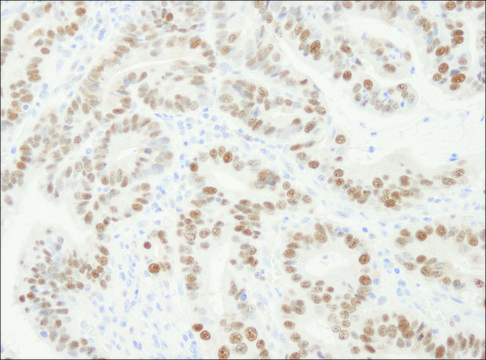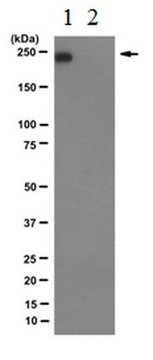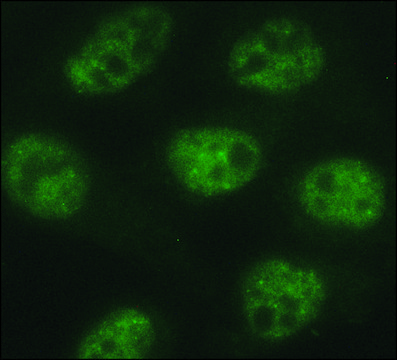05-952
Anti-RNA Polymerase II Antibody, CTD, clone 8WG16
Synonym(s):
DNA directed RNA polymerase II polypeptide A, DNA-directed RNA polymerase II largest subunit, RNA polymerase II 220
kd subunit, DNA-directed RNA polymerase II subunit A, DNA-directed RNA polymerase III largest subunit, RNA polymerase II subunit
About This Item
Recommended Products
antibody product type
primary antibodies
Quality Level
Not finding the right product?
Try our Product Selector Tool.
Storage Class Code
10-13 - German Storage Class 10 to 13
Certificates of Analysis (COA)
Search for Certificates of Analysis (COA) by entering the products Lot/Batch Number. Lot and Batch Numbers can be found on a product’s label following the words ‘Lot’ or ‘Batch’.
Already Own This Product?
Find documentation for the products that you have recently purchased in the Document Library.
Our team of scientists has experience in all areas of research including Life Science, Material Science, Chemical Synthesis, Chromatography, Analytical and many others.
Contact Technical Service
